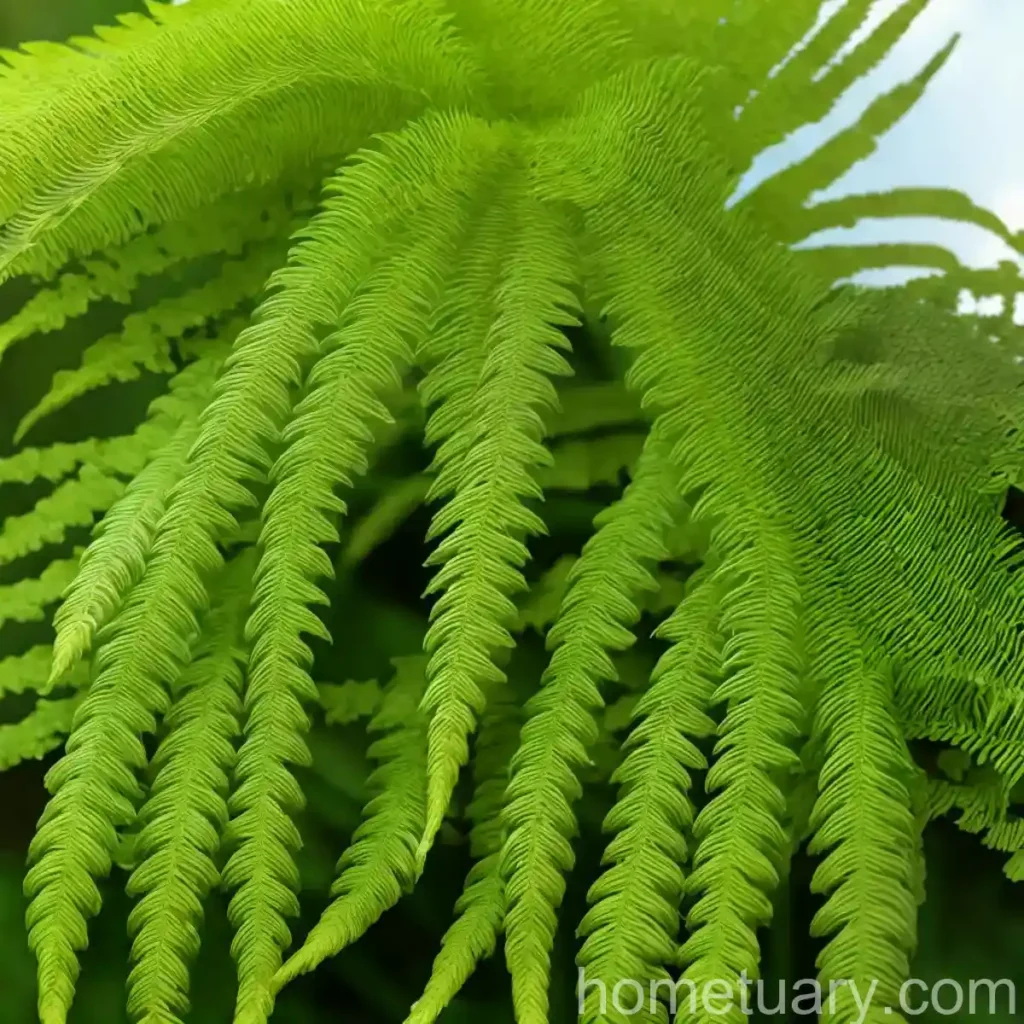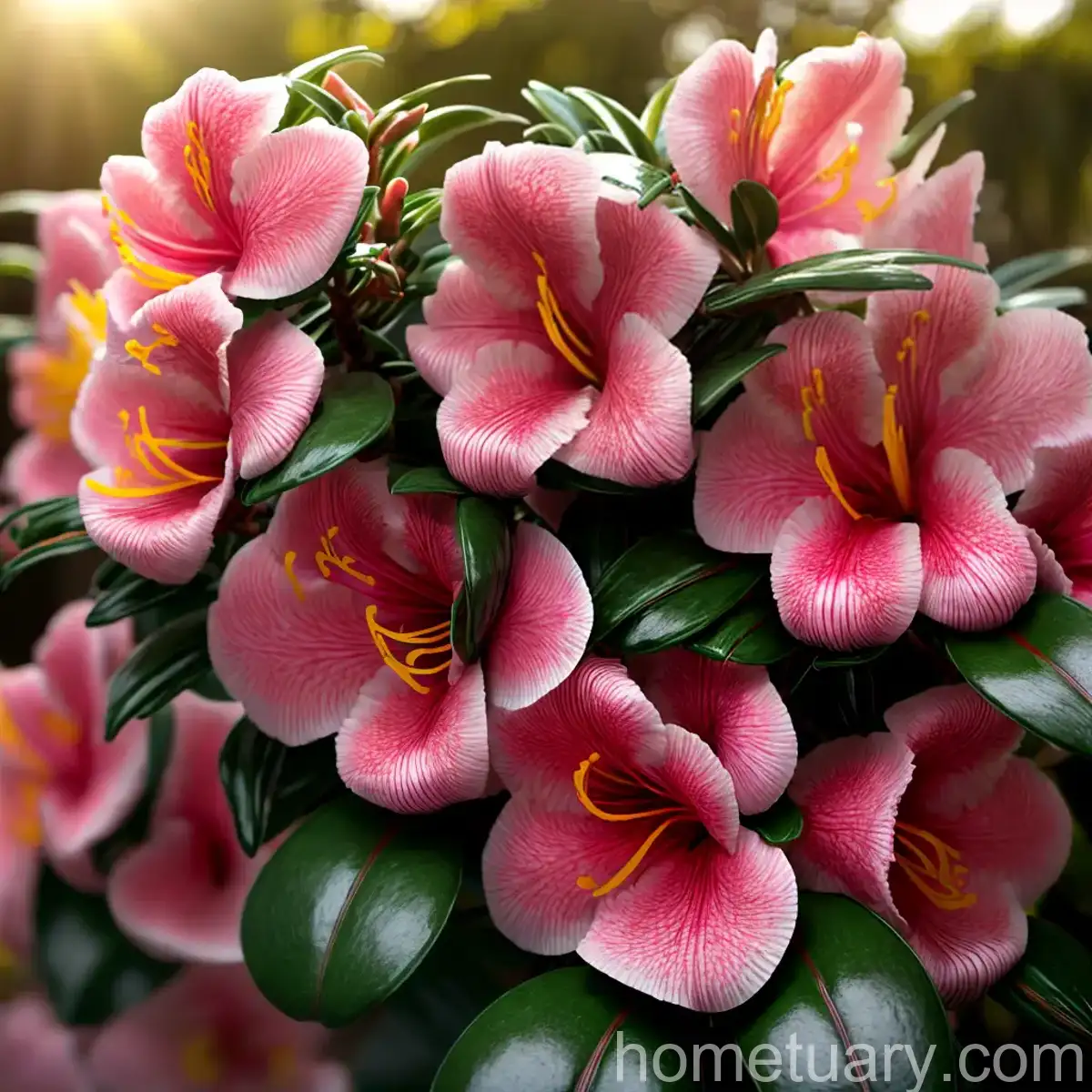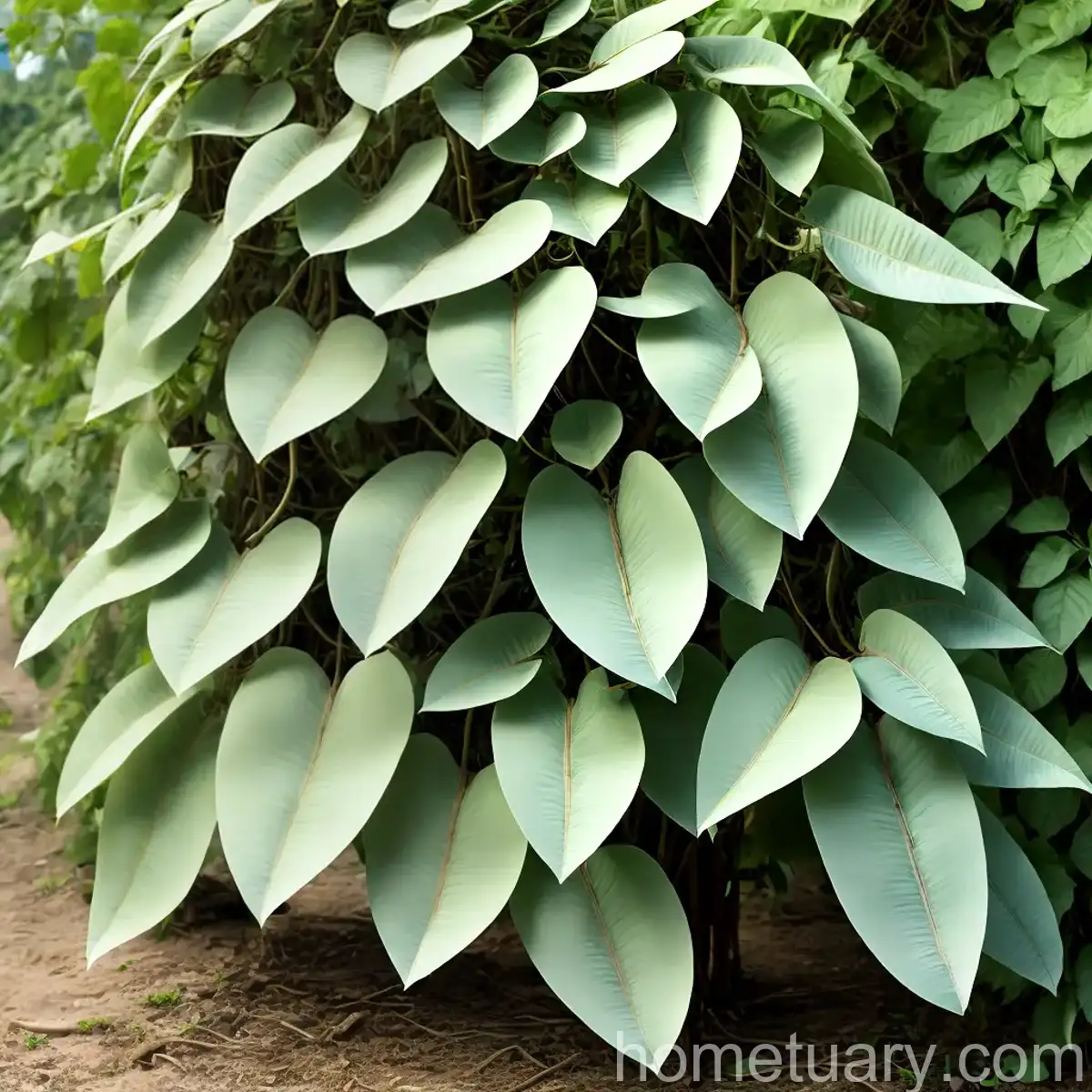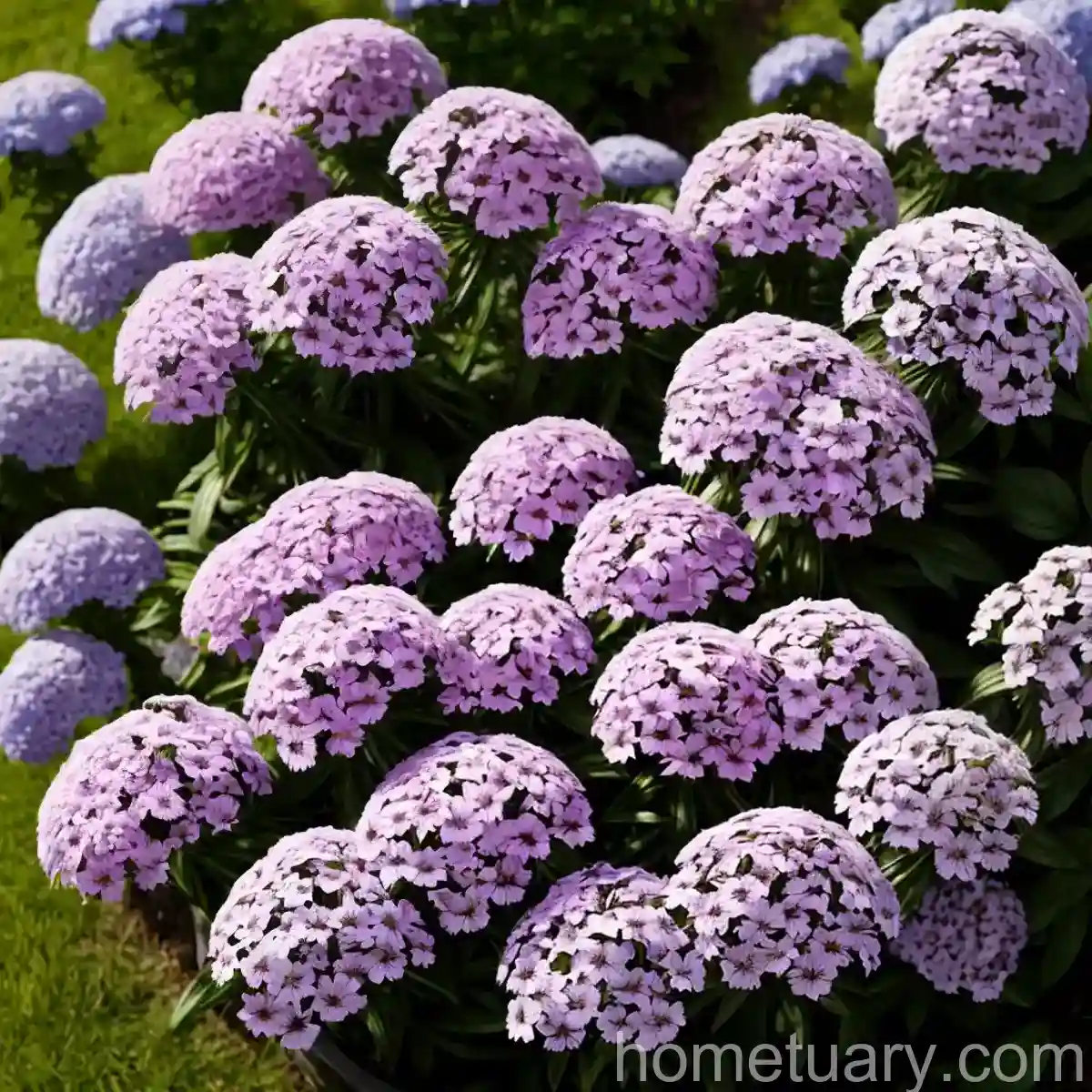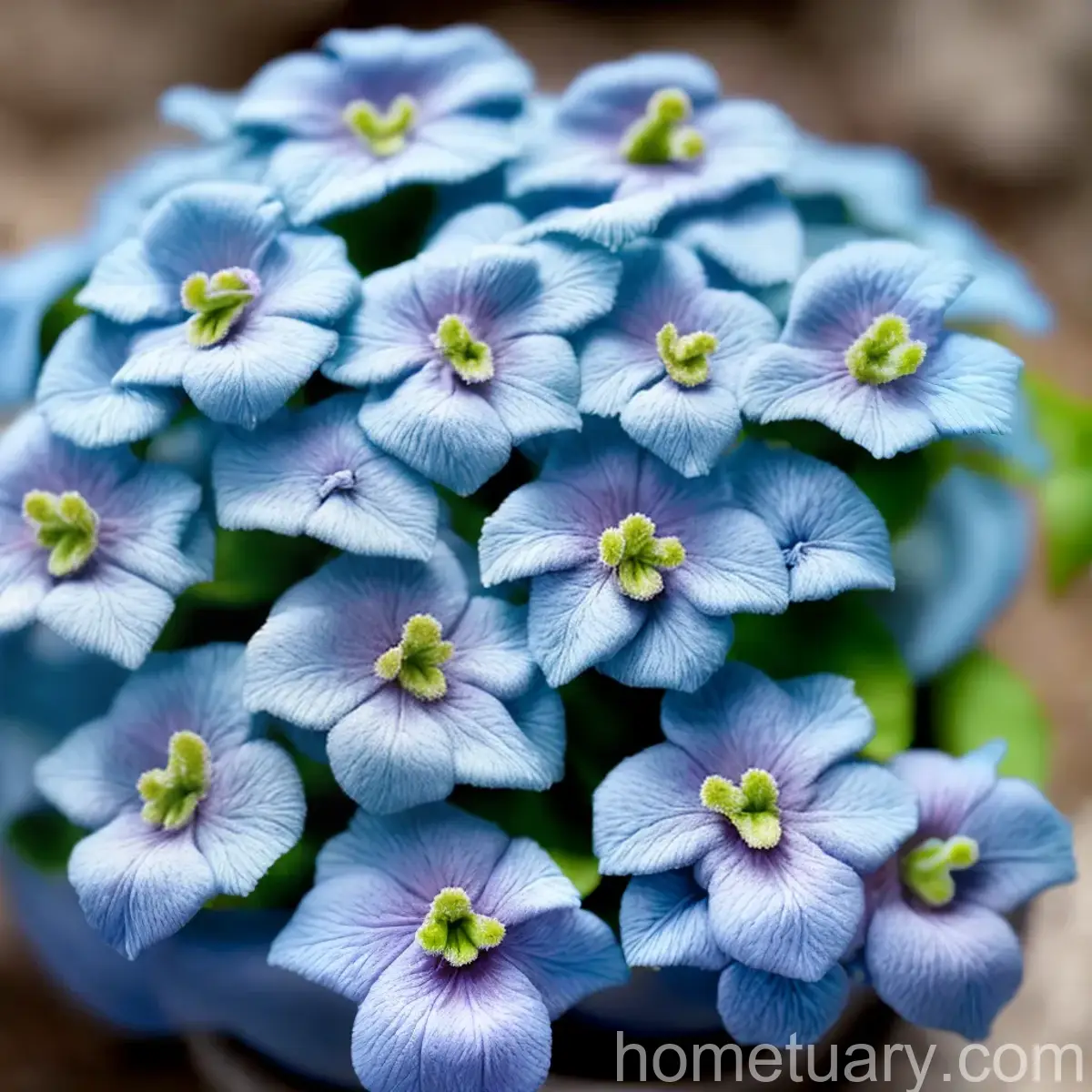Cretan Brake (Pteris Cretica): An In-Depth Guide
Plants have always fascinated humans with their diverse forms, colors, and uses. Among the myriad plant species in the world, the Cretan Brake (Pteris Cretica) stands out as an elegant and versatile fern. In this comprehensive guide, we will delve into the world of the Cretan Brake, exploring its cultural significance, uses, care requirements, propagation techniques, and more. Whether you are a seasoned gardener or a novice plant enthusiast, this guide will provide you with valuable insights into the enchanting world of the Cretan Brake.
What is the Cretan Brake (Pteris Cretica)?
The Cretan Brake, scientifically known as Pteris Cretica, is a species of evergreen fern belonging to the genus Pteris. Native to Southern Europe, Western Asia, and North Africa, this fern is characterized by its lacy, light green fronds and graceful appearance. The Cretan Brake is a popular choice for both indoor and outdoor landscaping due to its ornamental value and relatively low maintenance requirements.
Key Takeaways
Before delving into the specifics of the Cretan Brake, let’s summarize the key takeaways about this fascinating fern:
- Scientific Name: Pteris Cretica
- Common Name: Cretan Brake
- Family: Pteridaceae
- Native Habitat: Southern Europe, Western Asia, North Africa
- Type: Evergreen fern
- Uses: Ornamental, landscaping
- Notable Feature: Lacy, light green fronds
Now that we have a basic understanding of what the Cretan Brake is, let’s explore its cultural significance, uses, and care requirements in detail.
Culture
The cultural significance of the Cretan Brake extends beyond its ornamental value. In various cultures and traditions, this fern holds symbolic meanings and has been used for medicinal and decorative purposes. Here are some cultural aspects associated with the Cretan Brake:
- Symbolism: In some cultures, ferns, including the Cretan Brake, symbolize sincerity, magic, and fascination. They are often associated with mythical qualities and have been featured in folklore and legends.
- Medicinal Uses: Historically, certain species of ferns, including the Cretan Brake, have been used in traditional medicine for their potential therapeutic properties. While modern scientific research is limited in this area, traditional herbal practices have utilized ferns for various ailments.
- Decorative Use: The elegant fronds of the Cretan Brake make it a favored choice for floral arrangements, especially in traditional and contemporary decor. Its graceful appearance and light, airy texture add a touch of natural beauty to indoor spaces.
Understanding the cultural significance of the Cretan Brake gives us valuable insights into its enduring allure and the diverse roles it plays in different aspects of human life.
Uses
The uses of the Cretan Brake extend beyond its aesthetic appeal. Whether in landscaping, indoor decor, or potential medicinal applications, this versatile fern offers a range of practical and aesthetic benefits. Let’s explore the different uses of the Cretan Brake:
- Ornamental Landscaping: The Cretan Brake is widely used in landscaping for its ornamental value. Whether as part of a shaded garden bed or as a feature plant in a woodland garden, its delicate fronds lend a touch of elegance to outdoor spaces.
- Indoor Decor: As an indoor plant, the Cretan Brake adds a refreshing and calming presence to interior decor. Whether displayed in a hanging basket, terrarium, or as part of a mixed foliage arrangement, its graceful form makes it a popular choice for interior styling.
- Potential Medicinal Applications: While modern scientific research is limited, traditional herbal practices have utilized certain fern species for their potential medicinal properties. The Cretan Brake may have historical uses in traditional medicine, although caution should be exercised in exploring its medicinal potential.
By understanding the diverse uses of the Cretan Brake, we gain a holistic appreciation for its value beyond its visual appeal.
Care Requirements
Caring for the Cretan Brake involves providing the optimal environment and maintenance to ensure its health and vitality. From watering and sunlight exposure to soil conditions and feeding, here are the essential care requirements for cultivating a thriving Cretan Brake fern.
Water
The Cretan Brake requires consistent moisture to thrive, but it is essential to avoid waterlogging, which can lead to root rot. Here are some key points to consider when watering the Cretan Brake:
- Moisture Level: The soil should be kept consistently moist but not waterlogged. Allow the soil to dry slightly between watering, but do not let it become completely dry.
- Watering Frequency: Depending on environmental conditions and the moisture retention of the potting mix, the Cretan Brake may require watering once or twice a week during the growing season. Adjust the frequency based on the specific needs of the plant.
Sunlight
As a fern species, the Cretan Brake thrives in partial to full shade, making it ideal for shaded gardens and indoor spaces with indirect light. Here are some key considerations for providing the right amount of sunlight for the Cretan Brake:
- Light Requirements: Provide indirect or filtered sunlight for the Cretan Brake. Avoid direct exposure to intense, midday sun, as this can scorch the delicate fronds.
- Indoor Placement: When cultivating the Cretan Brake indoors, place it in a location with bright, indirect light. Areas near east or north-facing windows are often suitable for meeting its light requirements.
Fertilizer
Fertilizing the Cretan Brake is essential for providing it with the necessary nutrients for healthy growth. Here are some key points to consider when fertilizing the Cretan Brake:
- Fertilizer Type: Use a balanced, water-soluble fertilizer formulated for ferns or general houseplants. A fertilizer with an N-P-K ratio of 10-10-10 or similar is suitable for the Cretan Brake.
- Fertilizing Frequency: During the growing season, fertilize the Cretan Brake every 4-6 weeks. Reduce or cease fertilization during the winter months when the plant is in a dormant phase.
Soil
The choice of potting mix and soil conditions significantly influences the health and growth of the Cretan Brake. Here are the key considerations for providing the right soil environment for this fern:
- Potting Mix: Use a well-draining potting mix with high organic content. A mix designed for ferns or general indoor plants is suitable for the Cretan Brake.
- Soil pH: The ideal soil pH for the Cretan Brake ranges from slightly acidic to neutral (pH 5.5-7.0). Avoid highly alkaline or extremely acidic soils, as they can affect nutrient uptake and overall plant health.
Pruning
Pruning helps maintain the desired shape and appearance of the Cretan Brake and removes any damaged or discolored fronds. Here are some key tips for pruning the Cretan Brake:
- Pruning Frequency: Regularly inspect the plant for any damaged or yellowing fronds and prune them as necessary. Additionally, trim any unruly growth to maintain a neat appearance.
- Pruning Technique: Use clean, sharp scissors or pruning shears to make clean cuts without causing unnecessary damage to the remaining fronds.
Propagation
Propagating the Cretan Brake allows you to expand your plant collection and share this elegant fern with others. Here are the primary methods for propagating the Cretan Brake:
Division
Dividing established Cretan Brake plants is an effective way to propagate new specimens. Here’s how to propagate the Cretan Brake through division:
- Carefully remove the plant from its pot or garden bed, ensuring the roots are exposed.
- Gently separate the root ball into sections, each containing several healthy fronds and an adequate portion of the root system.
- Plant the divided sections in separate pots or prepared garden beds, ensuring they receive the required care for optimal growth.
Spores
Propagating the Cretan Brake from spores is a more involved but rewarding method, especially for enthusiasts keen on exploring the fern’s life cycle. Here’s how to propagate the Cretan Brake from spores:
- Collect mature spores from the undersides of fertile fronds, ensuring they are fully ripe and ready for propagation.
- Prepare a suitable propagation medium, such as a mix of peat moss and perlite, in a shallow tray or container.
- Sprinkle the spores evenly over the propagation medium and lightly mist the surface to ensure the spores adhere and remain hydrated.
- Cover the propagation tray with a clear lid or plastic wrap to maintain high humidity, which is essential for spore germination.
- Place the tray in a warm, brightly lit location, avoiding direct sunlight, and monitor the medium for signs of spore germination and young frond development.
By understanding and implementing these propagation methods, you can effectively multiply your Cretan Brake ferns and share the beauty of this species with others.
Container Popularity
The Cretan Brake’s popularity as a container plant stems from its adaptability to indoor environments and its aesthetic appeal. Whether displayed as a standalone specimen or part of a mixed foliage arrangement, the Cretan Brake thrives in containers. Let’s explore the factors contributing to its popularity as a container plant:
- Indoor Versatility: The Cretan Brake is well-suited to indoor environments, making it an ideal choice for container gardening in homes, offices, and public spaces.
- Aesthetic Appeal: Its lacy fronds and graceful growth habit make the Cretan Brake a visually striking addition to any container garden or interior decor.
- Low Maintenance: With proper care, the Cretan Brake is relatively low-maintenance, making it an attractive option for container gardening enthusiasts.
By understanding the factors that contribute to its popularity as a container plant, we gain insights into how to best showcase the Cretan Brake in indoor settings.
Common Diseases
While the Cretan Brake is relatively resilient, it is susceptible to certain diseases and issues that can affect its health and appearance. Understanding these common diseases and their management is essential for maintaining the vitality of the Cretan Brake. Here are some common diseases that may affect the Cretan Brake:
Rhizoctonia Root Rot
Rhizoctonia root rot can affect the roots of the Cretan Brake, leading to rotting and declining plant health. Here are the key characteristics of this disease and its management:
- Symptoms: Wilting, yellowing, and eventual decay of the fronds, along with a foul odor emanating from the soil.
- Management: Ensure proper drainage and avoid overwatering to prevent the onset of root rot. If root rot is suspected, carefully inspect the root system and trim away any affected portions. Repot the plant in fresh, well-draining soil to prevent further spread of the disease.
Leaf Spot
Leaf spot diseases can manifest as discolored or spotted areas on the fronds of the Cretan Brake. Here’s how to identify and manage leaf spot diseases:
- Symptoms: Dark or discolored spots on the fronds, often accompanied by yellowing or browning of the affected areas.
- Management: Prune away any heavily affected fronds and ensure proper air circulation to reduce humidity around the plant. Avoid overhead watering, which can contribute to the spread of leaf spot diseases.
Pest Infestations
While not a disease per se, pest infestations can significantly impact the health of the Cretan Brake. Common pests that may affect this fern include:
- Spider Mites: These tiny pests can cause stippling or webbing on the fronds and may lead to wilting and declining plant health.
- Mealybugs: Mealybugs can cluster on the fronds and stems of the Cretan Brake, sucking sap and leading to weakened growth.
Management: Regularly inspect the plant for signs of pest infestations and treat affected areas with horticultural oil or insecticidal soap. Maintaining overall plant health and cleanliness can help prevent pest issues.
By understanding the signs and management strategies for common diseases and pests, you can proactively safeguard the health of your Cretan Brake ferns.
Disease Diagnosis
Diagnosing diseases in the Cretan Brake involves observing the plant for specific symptoms and signs of distress. When encountering potential disease issues, it is essential to accurately identify the problem to implement targeted management and treatment strategies. Here’s a step-by-step approach to diagnosing diseases in the Cretan Brake:
- Visual Inspection: Carefully examine the fronds, stems, and soil of the Cretan Brake for any unusual discoloration, spots, wilting, or signs of decay. Note any changes in the plant’s overall appearance and behavior.
- Symptom Identification: Identify the specific symptoms exhibited by the plant, such as yellowing fronds, wilting, or unusual growth patterns. Take note of any distinct patterns or changes in the affected areas.
- Pathogen Identification: If possible, closely inspect the plant for signs of fungal growth, pest infestations, or other potential pathogens. Document any visible signs of pests, fungal structures, or discoloration patterns.
- Environmental Assessment: Consider the environmental conditions in which the plant is growing, including factors such as moisture levels, light exposure, and air circulation. Assess whether any environmental stressors may be contributing to the observed symptoms.
- Comparison with Reference Materials: Refer to reliable plant pathology resources and guides to compare the observed symptoms with known diseases and issues that can affect the Cretan Brake. Look for matches in symptom presentation and potential causal agents.
By systematically examining the plant and considering potential causes of distress, you can more effectively diagnose diseases and implement appropriate management measures.
Common Pests
Pest infestations can pose significant challenges to the health and appearance of the Cretan Brake. Understanding the common pests that may affect this fern and their management is crucial for maintaining thriving plant specimens. Here are some common pests that may infest the Cretan Brake:
Spider Mites
Spider mites are tiny arachnids that can cause substantial damage to the fronds of the Cretan Brake. Recognizing the signs of spider mite infestations and implementing effective management strategies is essential. Here’s how to identify and manage spider mite infestations:
- Signs of Infestation: Look for stippling or webbing on the fronds, especially on the undersides. This may be accompanied by wilting and overall decline in plant health.
- Management: Regularly inspect the plant for signs of spider mites and, if infestations are detected, treat affected areas with horticultural oil or insecticidal soap. Manipulate environmental conditions to discourage spider mite proliferation, such as increasing humidity and reducing dust on the plant’s surface.
Mealybugs
Mealybugs are small, soft-bodied insects that can cluster on the fronds and stems of the Cretan Brake, leading to weakened growth and potential plant decline. Here’s how to identify and manage mealybug infestations:
- Signs of Infestation: Look for cottony clusters of mealybugs on the fronds and along the stems. Damage may manifest as yellowing or stunted growth.
- Management: Remove mealybugs manually with a cotton swab dipped in rubbing alcohol, taking care to reach the areas where they are clustered. Treat the plant with insecticidal soap if the infestation is widespread, and monitor the plant closely for signs of reinfestation.
By understanding the signs of common pests and implementing targeted management strategies, you can effectively protect the health and vitality of your Cretan Brake ferns.
Botanist’s Tips
Enhancing your understanding of the Cretan Brake and its care requirements can greatly contribute to your success in cultivating and enjoying this elegant fern. Here are some expert tips to help you maximize the beauty and health of your Cretan Brake specimens:
- Monitoring: Regularly monitor the moisture level of the soil to ensure consistent but not excessive moisture for the Cretan Brake. Avoid letting the soil dry out completely, as this can lead to stress and decline.
- Humidity Control: If cultivating the Cretan Brake indoors, consider increasing humidity levels around the plant by placing a humidifier nearby or clustering plants together to create a microclimate with higher humidity.
- Grooming: Regular grooming, including pruning of damaged fronds and removal of debris, can help maintain the Cretan Brake’s aesthetic appeal and overall health.
- Environmental Stability: Provide a stable and suitable environment for the Cretan Brake, striving to maintain consistent temperature and light levels to minimize stress on the plant.
By integrating these expert tips into your care routine, you can cultivate flourishing Cretan Brake ferns with confidence and expertise.
Fun Facts
Now that we’ve delved into the intricate world of the Cretan Brake, let’s explore some fascinating and fun facts about this elegant fern:
- Historical Significance: The genus name “Pteris” is derived from the Greek word for “fern,” reflecting the plant’s strong historical association with ancient cultures and traditions.
- Mythological Connections: In various folklore and mythology, ferns, including the Cretan Brake, have been associated with mystical qualities and magical symbolism, adding to their intrigue and allure.
- Aesthetic Versatility: The delicate and lacy fronds of the Cretan Brake make it a favored choice for wedding arrangements, floral bouquets, and decorative displays, adding a natural and ethereal touch to special occasions.
- Environmental Benefits: As an evergreen plant, the Cretan Brake contributes to indoor air quality by assisting in the regulation of humidity and the purification of indoor air.
By appreciating these fun and intriguing aspects of the Cretan Brake, we gain a deeper appreciation for the cultural, historical, and ecological significance of this elegant fern.
Links to External Resources
- Pteris Cretica – The Cretan Brake Fern
- Ornamental Ferns: A Grower’s Guide to the Cultivation of Ornamental Ferns
- Ferns: Wild and Cultivated – Diversity and Species Potential
- Gardening with Ferns
- Indoor Ferns
By exploring these external resources, you can further enhance your knowledge of the Cretan Brake and delve deeper into the world of ornamental ferns.
In conclusion, the Cretan Brake (Pteris Cretica) stands as a captivating and versatile fern species that enriches our indoor and outdoor environments with its distinctive beauty and cultural significance. By understanding its cultural uses, optimum care requirements, propagation methods, and pest management strategies, you can cultivate thriving Cretan Brake specimens and embrace the allure of this exceptional fern.
Plant your passion for the Cretan Brake and unleash the enchanting world of this elegant and resilient fern in your home and garden.
“`

